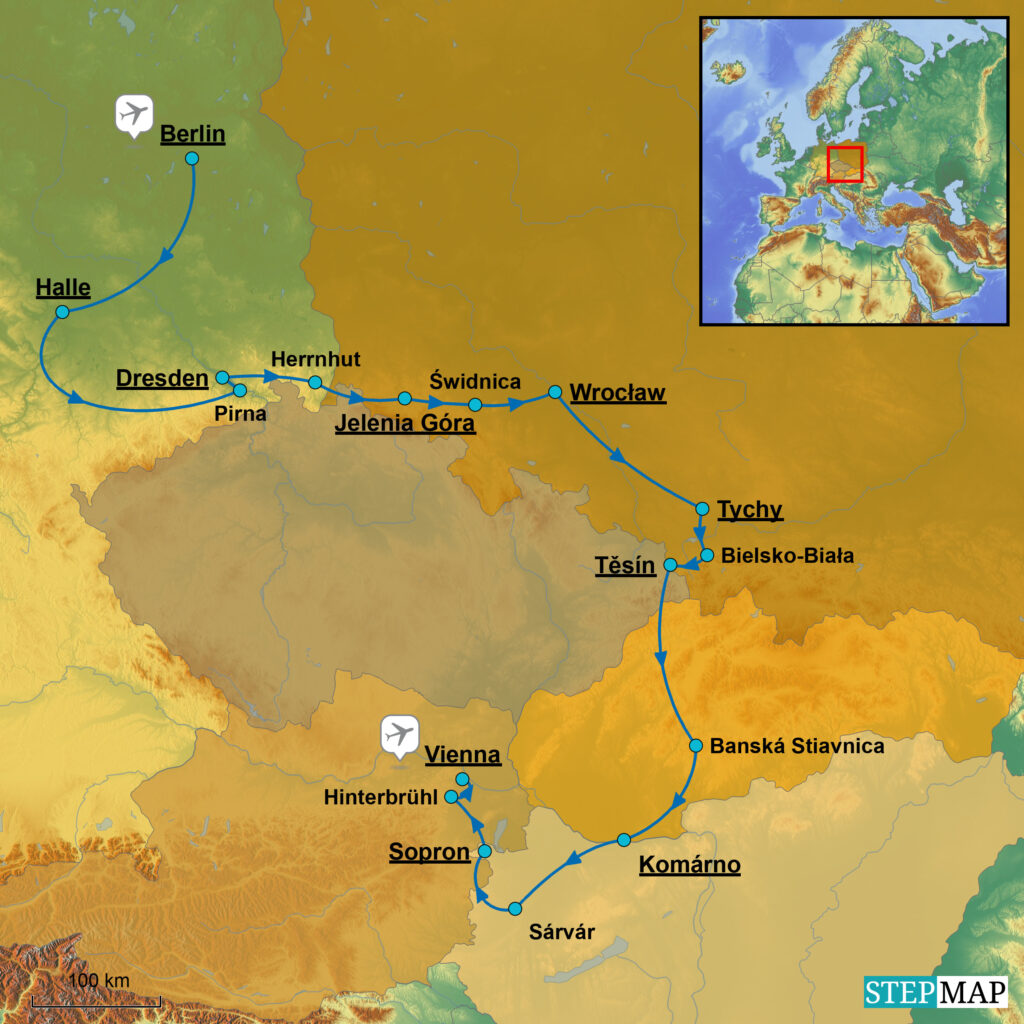Luther’s Impact
12-days, 6 countries:
Germany – Poland – Czechia – Slovakia – Hungary – Austria
It all started with Luther’s 95 theses. From there his ideas of
Reformation quickly spread throughout the world, influencing
theologists and religious communities along the way.
Not just in Germany, but also in its neighboring countries, Luther found supporters, who imparted his new reform. This tour will take you on a journey through 6 of these countries and let you
experience how Luther impacted their culture, religion and cities.

Day 1 Arrival in Berlin
Upon arrival at Berlin airport, you meet your tour guide and begin your memorable journey. Go on a sightseeing tour of all the highlights Berlin has to offer. Visit the grand Brandenburg Gate, a symbol of union and peace, as well as the magnificent “Reichstag”, where most important decisions are being made by the German government. If available, explore this politically essential building with a guide and take a walk around the spacious glass-dome, enjoying a fantastic view of the city. Stroll down the lovely boulevard “Unter den Linden” and visit the picturesque Museum Island, which marks Berlin’s historical center. Located here is one of the capital’s most famous buildings, the Berlin cathedral. It took a while, but by now Protestantism is well and truly rooted in Berlin. The vivid church life of the cathedral’s congregation and in the twin city Berlin-Cölln demonstrate this
perfectly. Today’s final stop is the city’s most beautiful plaza, the Gendarmenmarkt, gorgeously framed by the German and French cathedrals. This evening enjoy a delicious welcome dinner at a lovely local restaurant. Overnight in Berlin.

Day 2 Berlin – Halle
This morning the focus is on Dietrich Bonhoeffer, one of the most well-known Lutheran theologists of his century. Learn about Bonhoeffer’s life’s work and the resulting consequences that lead to his execution in the concentration camp Flossenbürg. Along the way stop at the Bonhoeffer House, where the theologist grew up; the Saint Matthew Church, where he became a priest; and the Zion’s church, where he worked and joined the opposition against the German Nazis. Afterwards leave Berlin for Halle on the Saale, former home to the Cardinal Albrecht of Brandenburg. His work with letters of indulgence and his excessive lifestyle were part of the reason why Luther wrote his 95 theses, leading to the Reformation. But the city is also interesting for another reason. After his death in Eisleben, Martin Luther’s body was laid out in Halle, before being brought to Wittenberg. A tour through the city takes you to the Market Church of Our Dear Lady, where Luther’s death mask is on display. The adjacent Marienbibliothek is not only Germany’s oldest library, but its immense collection also contains a number of Luther bibles, which include handwritten notes from the Reformer himself. Overnight in Halle.
Day 3 Halle – Pirna – Dresden
This morning starts with the introduction of another important theologist: August Hermann Francke. The professor for Hebrew came to Halle in 1692 and build a complex of about 50 buildings, later referred to as the Francke Foundations. Here he helped take care of orphans, taught children and fed poor students. Francke ensured that word of the Reformation and Luther’s bibles were distributed around the world. Leave Halle and head eastward to Pirna. The sandstone city beckons with a rich history and charming architecture. As birthplace of Johann Tetzel, it also bears importance to the Reformation. The monk became famous for his blatant advertisement for letters of indulgence and therefore main subject of Luther’s theses. Visit the magnificent Lutheran St. Mary’s church, with its three naves, and Tetzel’s house of birth. The next stop is Dresden, capital of the state of Saxony. The state was one of the first to introduce the Reformation to the Germans and prides itself with displaying a few keepsakes of Luther, as well as paintings from the great Reformation artist Lucas Cranach in its capital. A city tour takes you to all the landmarks, like the dazzling Semperoper, marvelous Zwinger and the lovely Frauenkirche. In the evening you might enjoy a stroll along the Elbe riverbank and admire the sparkling lights of this old city. Overnight in Dresden.
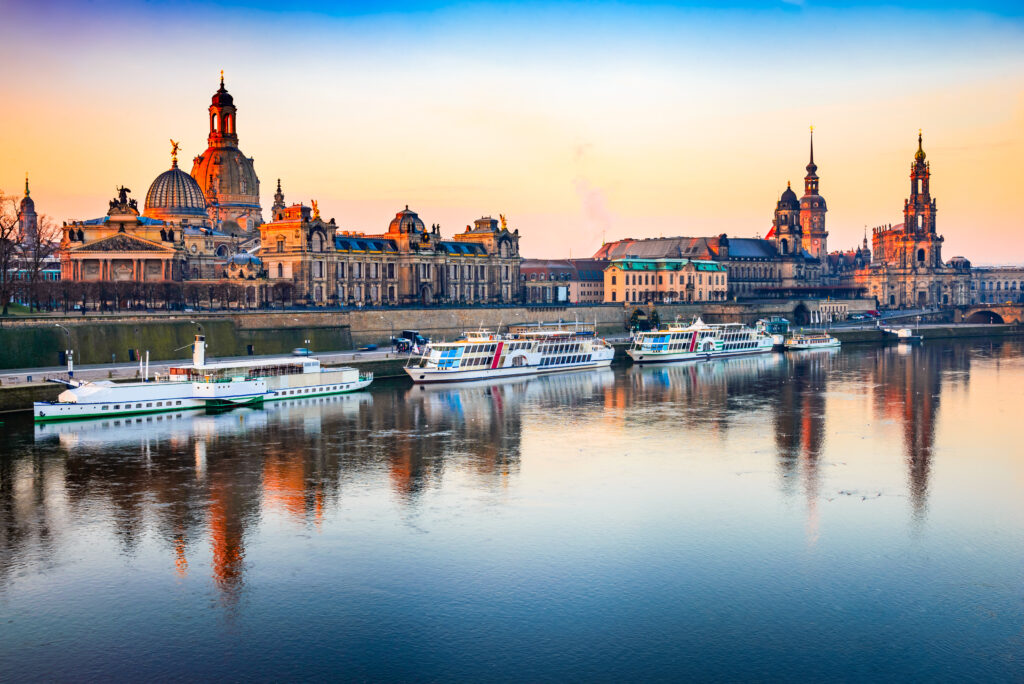
Day 4 Herrnhut – Jelenia Góra
The city of Herrnhut is famous for its gorgeous Star-lamps, but it is also the founding place of the Protestant denomination known as the Moravian Church. Learn all about this old community on a tour through the city and afterwards have some time to look around or buy a pretty Herrnhuter Star, which is mainly used as a decoration during Christmas time. Leaving Germany behind cross the border into Poland. The city of Jelenia Góra awaits. Hear about its role in the Reformation and visit the Exaltation of the Cross Church, a church of mercy on the outskirts of the city. A walk through the charming historical center will make you believe you’ve traveled back in time. Overnight in Jelenia Góra.
Day 5 Swidnica – Wroclaw
In the morning move on to Swidnica. The colorful city is known for its UNESCO listed, Protestant Church of Peace. It is the largest wooden baroque church in the world and as such very impressive. The journey continues to Wroclaw, a stunning city by the river Oder. There are many sights to be admired, like the gothic Town Hall with its astronomical tower, or the 300-year-old University of Wroclaw, whose pride is the Leopoldina hall, the most well-preserved baroque hall in the country. On your expedition of the city visit these interesting landmarks, as well as Ostrow Tumski, Wroclaw’s oldest quarter on the beautiful cathedral island, and marvel at the wonderful Romanesque cathedral. Overnight in Wroclaw.
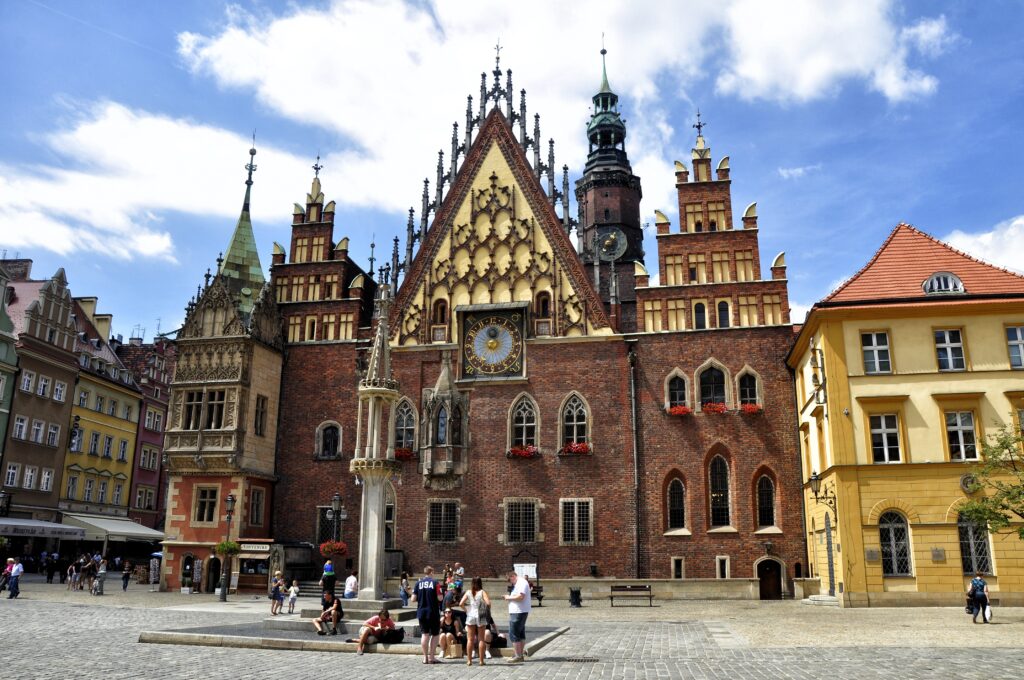
Day 6 Wroclaw – Tychy
Two rather Protestant-minded theologists were appointed resident pastors by the Wroclaw city council, thereby setting the Reformation here into motion. Within a few years most of the city, except the monasteries and cathedral island, was Protestant and became a focal point for a lot of famous theologists. Dietrich Bonhoeffer was born in Wroclaw and spent the first six years of his childhood here. See his birth house, the memorial in his honor, as well as many of the Protestant-turned churches. In the Four Denominations District witness a unique show of mutual respect. In close proximity to each other you can find an Orthodox and Evangelical Church, a Roman
Catholic temple and a Synagogue, all four working together in cooperation. Next up is Tychy, offering a bit of leisure. In Poland’s biggest brewery enjoy a delightful beer tasting and get information on the production. Overnight in Tychy.
Day 7 Bielsko-Biała – Cieszyn /Český Těšín
In the morning your journey continues to Bielsko-Biała, a charming twin city at the foot of the Beskid mountains. On a stroll through the two towns, learn about their histories, how they became one city and take a look at the only still standing Luther monument in Poland. Driving westward you reach Těšín, another twin city, on the border of Poland and the Czech Republic. The city was split in two in 1920 and renamed: The polish part is called Cieszyn and the Czech part Český Těšín. The towns and country are also divided by the river Olza. The city underwent many religious changes, which you learn about on a walk through the picturesque streets. Admire the beautiful architecture and gaze at the surrounding landscape. In a predominantly Catholic Poland, Cieszyn represents the Protestant exception. One in ten Polish Protestants lives here. Overnight in Cieszyn.

Day 8 Banská Štiavnica – Komárno
Start the day with a visit to Banská Štiavnica in central Slovakia, a mining town in the hollow left by an ancient volcano. Gold and silver digging consequently are the reason for the town’s wealth. The stunning Banská Štiavnica serves as the heart of the Reformation in Slovakia and is part of the Protestant “League of Seven Mining Towns”. Its historic center shines with elegant medieval architecture, therefore it is not surprising that it is a UNESCO World Heritage Site. After a fine day in Slovakia drive back to Poland, ending the day in Komárno. Overnight in Komárno.
Day 9 Sárvár – Sopron
In Komárno admire Klapka Square and the remains of the Komárno Fortress. The town is also famous for its Courtyard of Europe, a lovely square whose buildings are designed in the style of particular architecture of different parts of Europe. Crossing the border from Poland into Hungary, visit Sárvár. The town is known for its thermal baths and health and wellness institutions. Stop at the Nádasdy Castle, a stunning complex of buildings, with impressive decorations and an opulent park. During the Reformation era, a school and printing house were built in its court. Due to its outstanding importance during the Reformation era, Sárvár is also called the “Hungarian Wittenberg”. The last destination for the day is Sopron, a small Hungarian city with a long Reformation history. During the time of the re-Catholization, due to the proximity to Vienna, the residents of Sopron weren’t allowed to live their lives as Protestants openly. Only the Vienna contract in 1606 finally brought them the religious freedom they had longed for.
Overnight in Sopron.
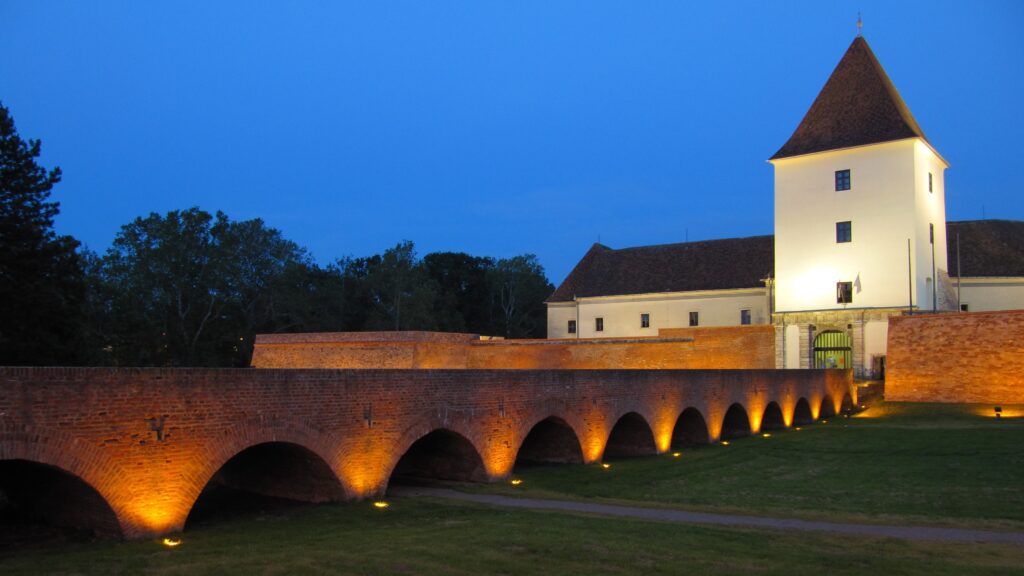
Day 10 Hinterbrühl – Vienna
After breakfast leave Hungary and enter Austria. First stop is the Seegrotte of Hinterbrühl, a former gypsum mine. Walk through a labyrinth of cave systems, before finding Europe’s largest underground lake. The upper tunnels were used by Nazi German authorities as an aircraft-manufacturing area. Afterwards drive to Vienna, the capital of Austria. Stroll the famous Ringstraße, a central street that runs around the city’s center. During the Reformation era the majority of aristocrats and residents in Vienna converted to Protestantism. After the banning of Protestant preaching, Sunday services were held at noble houses outside the city limits. In the 17th century, the Counter-Reformation led to the disempowerment and the expulsion of the nobility. Today, the Protestants form the minority here. On a walking tour admire St. Stephen’s Cathedral, the City Hall, the Austrian Parliament, the State Opera and Hofburg Palace. Overnight in Vienna.
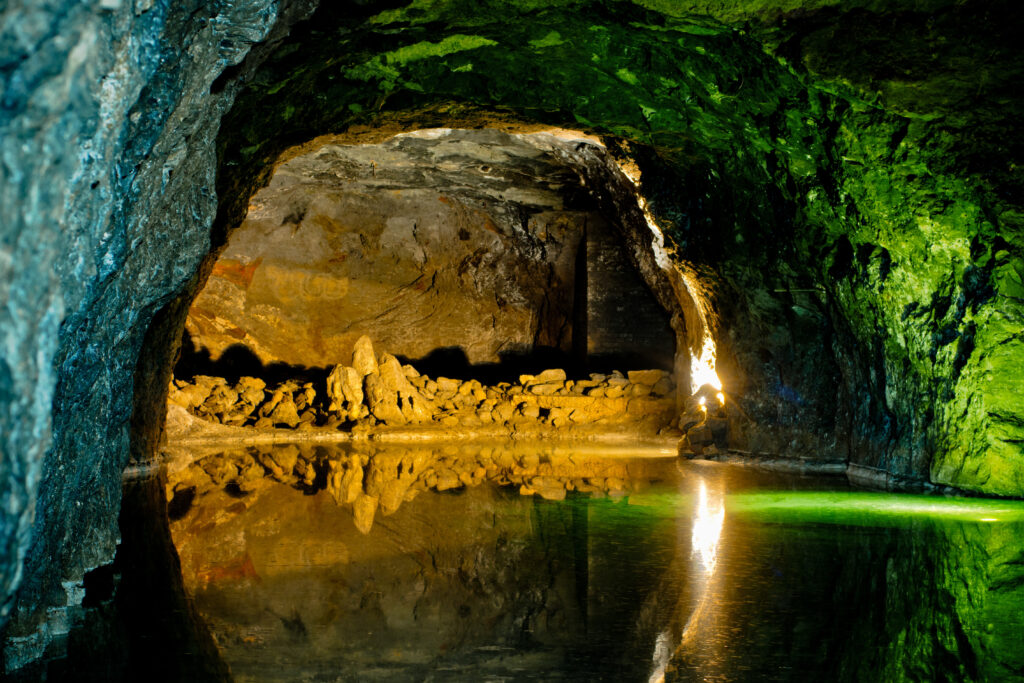
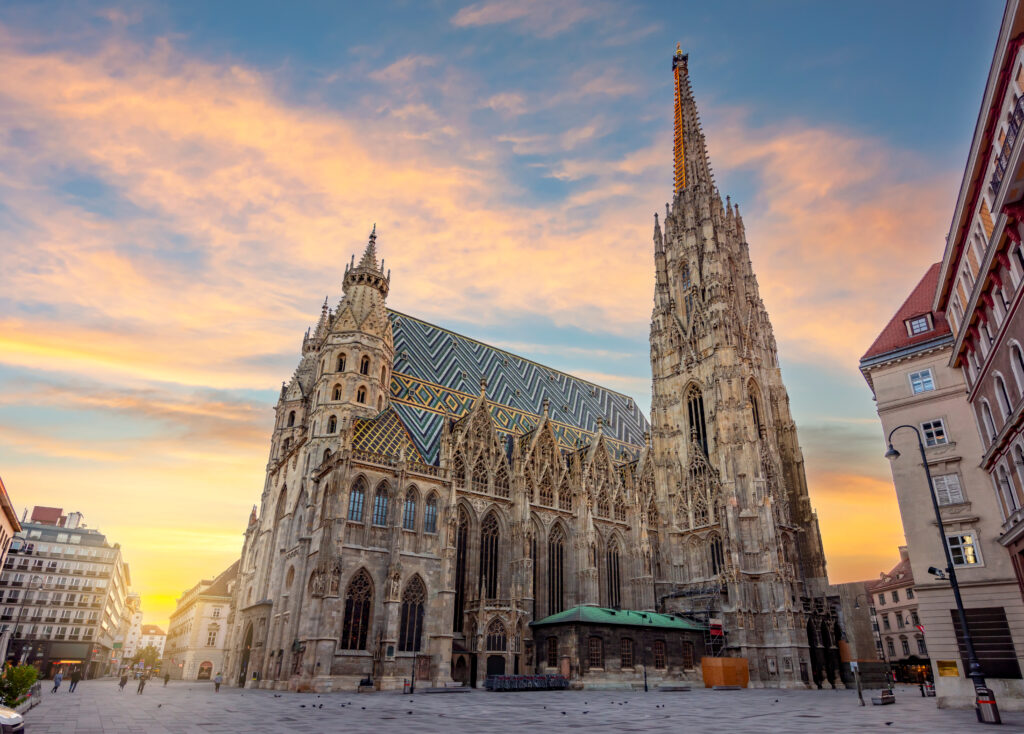
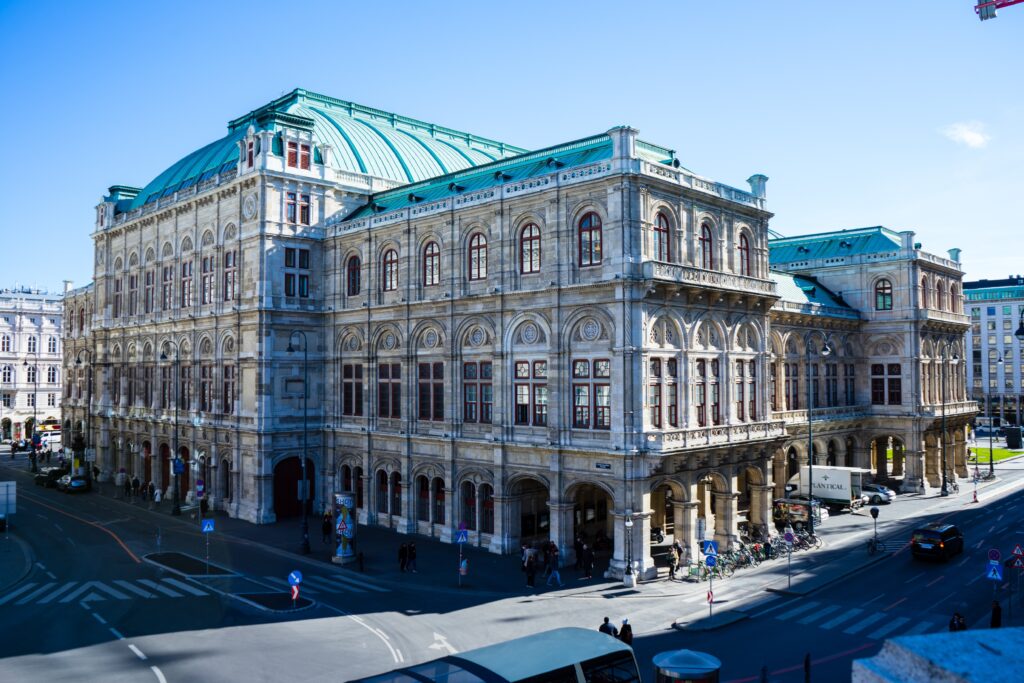
Day 11 Vienna
In the morning have a look around the inside of one of Vienna’s most famous buildings, like the Belvedere Palace or Schönbrunn Palace. In the afternoon there is time to explore the city, people watch at a nice café or go shopping in the city’s luxurious shops. In the evening the farewell dinner will be served at a nice restaurant in the city. Overnight in Vienna.
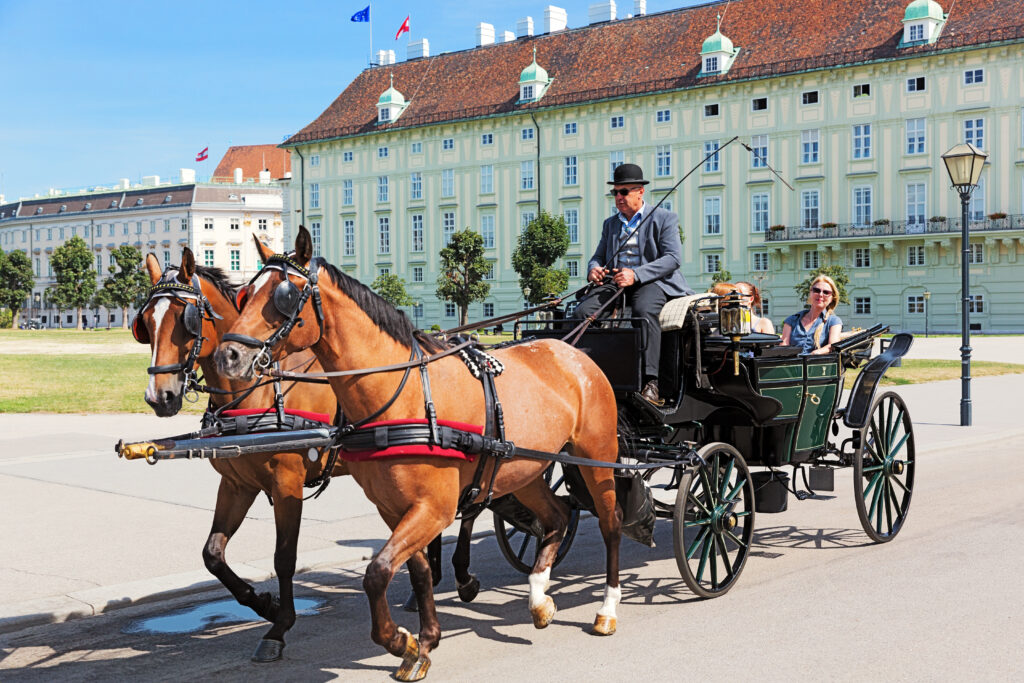

Day 12 Time to say Farewell
Today, it is time to say goodbye to Europe. We trust you will leave with a lot of great memories and fascinating experiences. Hopefully we will see you again soon.
Tour information
